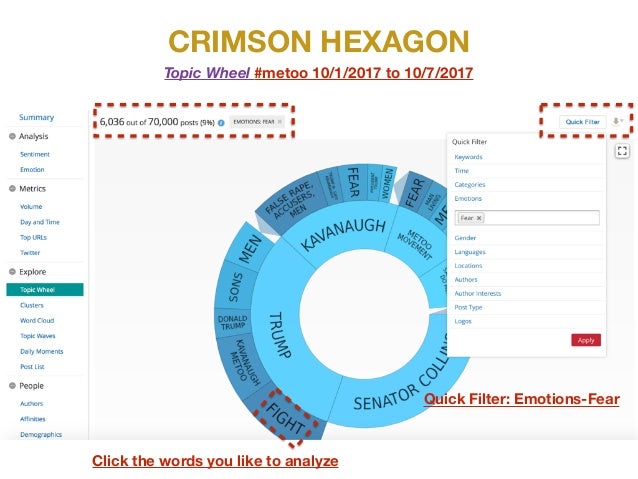


There really is only one difficult step in the whole process and that is calculating the centers of each hexagon.

Quite a different structure from R and IDL and even VBA and SAS came to me faster. I have to admit that d3 (but especially JavaScript) has been one of the most difficult programming languages I’ve tried to learn. By using this plugin in a slightly different way than intended I do not have to make a function that draws each hexagon myself. I used the d3 hexbin plugin, even though I have nothing to bin. Try hovering the hexagonal heatmap below 。^‿^。 Having tried to use d3.js a bit in the past few months, I knew that creating a webpage where the client can go through all the heatmaps and have a bit of analyzing capabilities would be just what I was looking for and d3.js makes almost everything look good. But I wanted to develop something a bit more sexy I guess. Or has never been proven or not shown in that amount of detail. Still very interesting of course, since usually we show them insights they’ve never found before. So all they got was a PowerPoint with static images and our strategic findings about the (client) segmentation. One minor issue with the R program was that I wasn’t allowed to hand over the part to analyse the SOM heatmaps to the client. If you want to know how to add boundaries to heatmaps, see my next post that deals specifically with the boundaries once you have your heatmap all set up. From the cleaned data file all the way to the visualization and analysis of the heatmaps. In my previous post I spoke a bit about a program I wrote in R that helps me perform self organizing map (SOM) analyses and create heatmaps. Posted on JCreating hexagonal heatmaps with d3.js


 0 kommentar(er)
0 kommentar(er)
